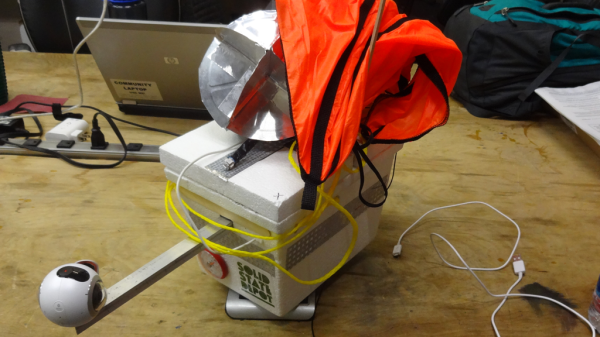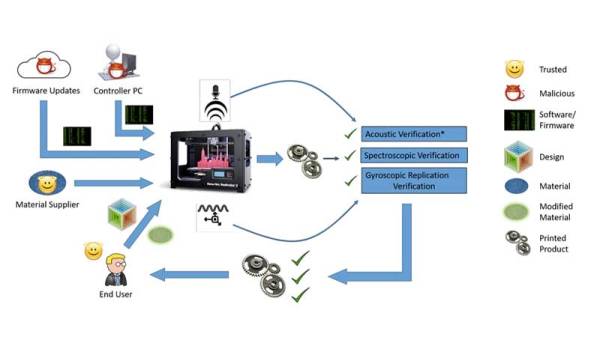Foam core, dollar tree foam board, Adams foam board, or whatever we’re calling a thin sheet of foam sandwiched between two pieces of poster board, is an invaluable hacker’s tool. Everyone should have a few sheets on hand, and not just because each sheet is a dollar each at any Dollar Store. [Eric] has been working on a technique to create compound curves in foam board, and the results look great. It’s a true three-dimensional plane with weird curves, and certainly has applications for something.
The Apollo Lunar Module is the first, and only manned space-only spacecraft ever made. The design of this spacecraft isn’t constrained by trivialities like ‘atmosphere’, and the design didn’t need ‘bulkheads thicker than a stack of paper towels’. It is a beautiful ship, and now a company wants to produce a gorgeous 1/32 scale model of the LEM. The goal is $25k, which is quite high for the real space modeling market, but if this GoFundMe campaign succeeds, this will be one of the finest real space models ever created. It’ll also match the scale of the 1/32 Revell CSM.
Speaking of Apollo-related technology, here’s a slight bit of drama. [Fran] has been working on recreating the DSKY — the user interface for the Apollo Guidance Computer — for a few years now. She’s set up a crowdfunding campaign to recreate the electroluminescent, screen printed segment display, and things are going great. Now there’s a company selling commercial DSKYs (with a stupid TFT display), that potentially uses the same art. Is this copyright infringement? Maybe, but probably not. It is a dick move not to credit [Fran], though.
The Monoprice Mini Delta is phenomenal. More on that in a bit.
There’s a complete solar eclipse happening across the United States tomorrow. Many schools should have started classes by then, but they’re calling tomorrow a snow day. Everyone who is traveling to see the eclipse is probably already where they’re going to be, and there are clouds on the horizon. Literal clouds. Everyone is watching the weather channel to see what the cloud cover will be tomorrow. Some people don’t have to worry: [Dan] is building a high-altitude balloon to get 100,000 feet above any clouds. There’s a 360° camera onboard, and the resulting video will be awesome. At least one person in Charleston will be renting a plane; I question the wisdom of renting a 172 over a Piper or Cirrus or another low-wing plane, but whatever. If you’re working on a project that will look at the eclipse from above the clouds, leave a note in the comments. For those of you looking at clouds tomorrow, Hackaday is doing another eclipse meet up on the Pacific coast of Mexico on April 8, 2024.






















